Time is Running Out for These 16 Endangered Wildlife Species in India. Learn More About Them.
For many of India’s magnificent creatures, time is running out. Climate change, deforestation, unhindered poaching and other man-made problems have all resulted in fewer of these species. Here's a look at 16 of them.

For many of India’s magnificent creatures, time is running out. Climate change, deforestation, unhindered poaching and other man-made problems have all resulted in fewer animals today than there should have been. Although the powerful Bengal Tiger, the charismatic Asiatic Lion, the fierce rhino and the gentle Indian Elephant get most of the attention, there are many other seriously endangered species, poached and ignored, that are on the brink of disappearing for good.
Get a glimpse of these lesser known beautiful creatures in their natural habitats before it’s too late to save them.
1. Sangai
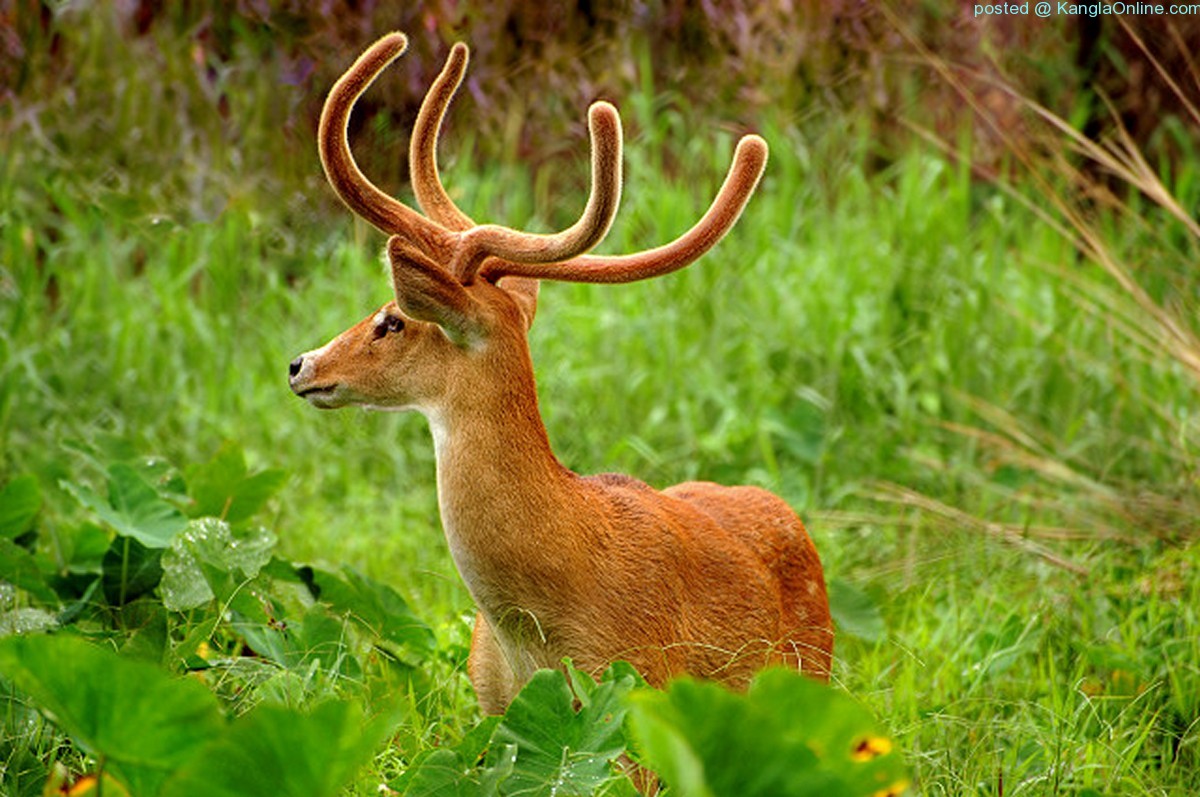
Photo source: KanglaOnline
Deeply honoured in the legends and folklore of Manipur, the nimble Sangai is also called the Dancing Deer of Manipur. One of the rarest animal species in the whole world, Sangai live only on the unique floating phumdis of the marshy Loktak Lake.
An early morning boat trip along the labyrinthine lake routes of Keibul Lamjao National Park is a great way to see this brown antlered beauty as it grazes.
2. Lion Tailed Macaque
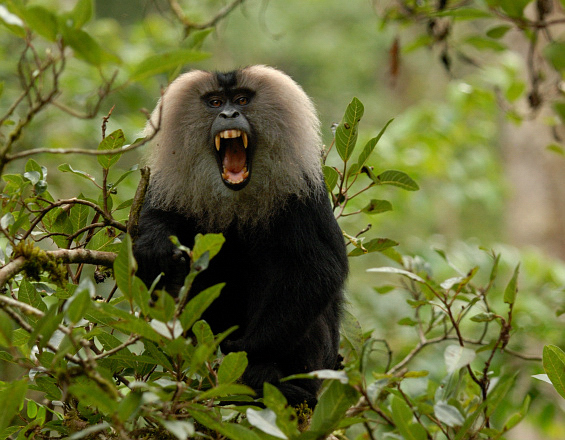
Photo source: iamlark.wordpress
With an impressive mane of silver grey hair, a shiny black body and a lion like tail with a tufted fur end, the striking Lion Tailed Macaque or the Wanderoo ranks among the rarest and most threatened species of primates. A rainforest dweller, it lives in the lushly canopied Western Ghats in Southwestern India.
The tiny village of Nelliyampathy in Kerala is a great place to see these arboreal beings; they can also be found in the Indira Gandhi National Park, Tamil Nadu.
3. Pangolin

Photo source: uncyclopedia
A shy little stooped creature with beady eyes and a hide tough enough to withstand an axe blow, the Pangolin is the most poached animal in the world. Critically endangered and still largely ignored, the Pangolin is the world’s only scaly burrowing mammal.
This prehistoric anteater is found throughout the Himalayan foothills and plains.
4. Himalayan Wolf
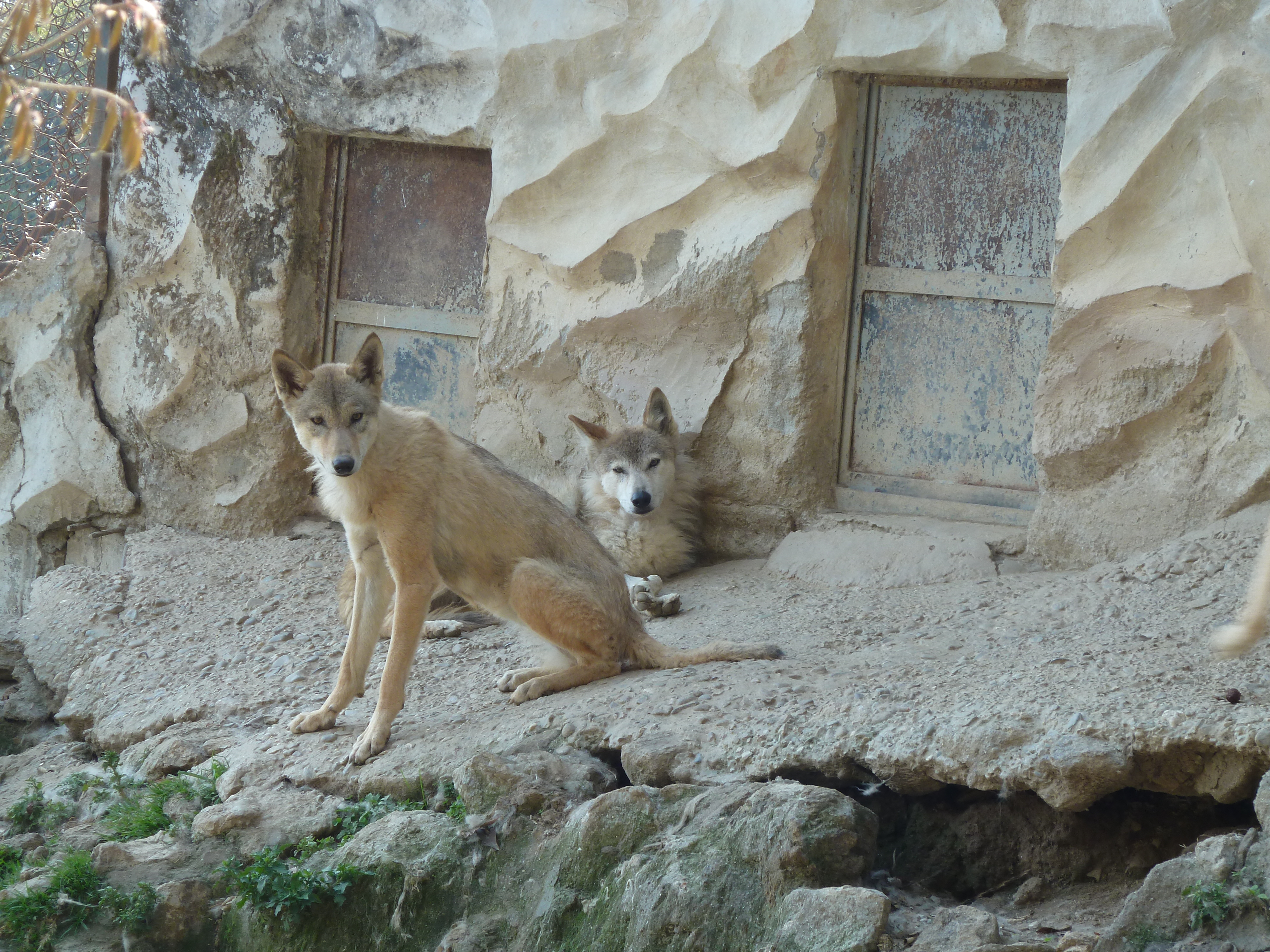
Image source: nisargavidnyan.blogspot.in
An ancient wolf species from the remote wilderness of the Himalayas, the light coloured Himalayan Wolf was one of the least known animals to humans, till some studies were done recently.
A rare sighting of this beautiful instinctive beast, commonly called the Wooly Wolf, can be made in the stunningly stark Spiti Valley in Himachal Pradesh.
5. Nilgiri Tahr
 Image source: nilgiritahrinfo
Image source: nilgiritahrinfo
A stocky sturdy goat antelope, found high in the mountains of southern India, the Nilgiri Tahr has distinctive backward curving horns and a bristly mane.
View this elusive mountain goat prance amidst the vast mosaic of verdant woodlands, rocky cliffs and rolling greens of Munnar as you drive through the Eravikulam National Park.
6. Fishing Cat
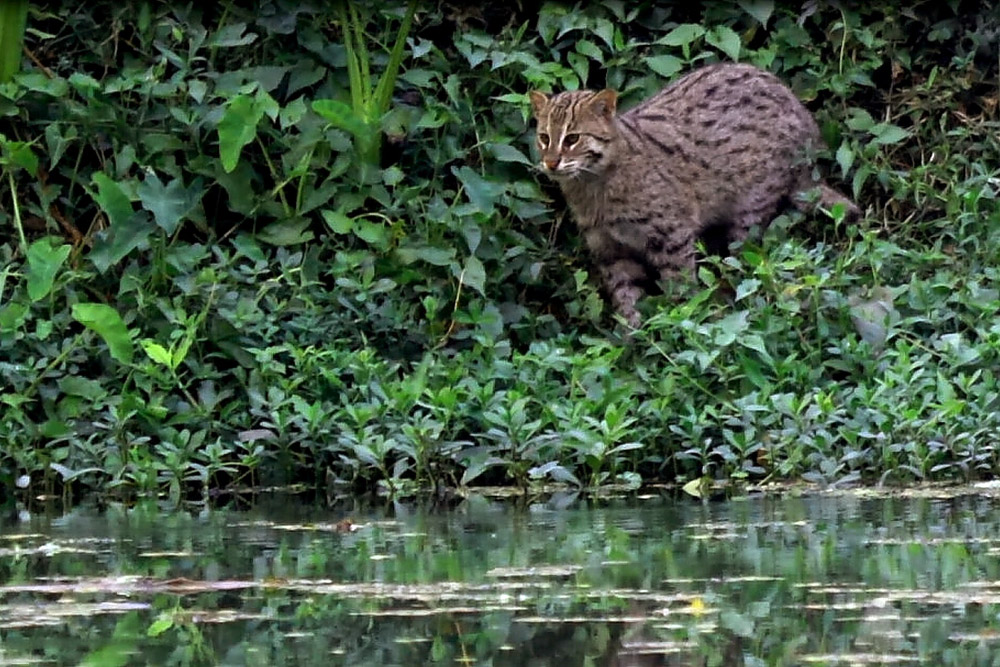
Photo source: ConservationIndia
Here is a cat that is a pro swimmer and is completely at home in the water. Surprised? The Fishing Cat even dives to catch fish.
This short, powerful feline’s favourite habitat is the mangrove forests of the Sundarbans and the foothills of the Himalayas along the Ganga and Brahmaputra river valleys, where you can spot it fishing for its dinner in the muddy wetlands.
7. Chiru
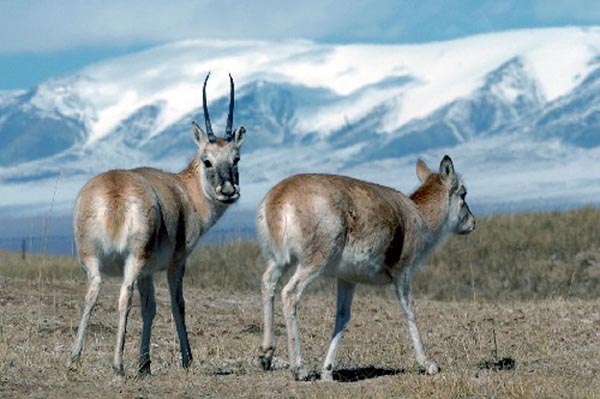
Photo source: TibetSun
Inhabiting the alpine tablelands of Ladakh and the Tibetan plateau in gregarious herds, the diminutive Chiru or Tibetan Antelope looks like a cross between a reindeer and an impala. The Chiru’s soft fine fur is highly prized for making shahtoosh (king of wools) shawls –unhindered poaching for the same is decimating its tiny remaining population.
8. Dhole

Pic source: proudtohave
Tough predators and efficient pack hunters, the rust coloured Dholes roam the forest tracts of Central and Northwestern India. Their high pitched yelps and whistling cries are why these surprisingly small predators are also called Whistling Dogs. Take a game drive through the Corbett, Chitwan or Kanha National Park to catch a glimpse of these uniquely Asian forest dogs.
9. Dugong
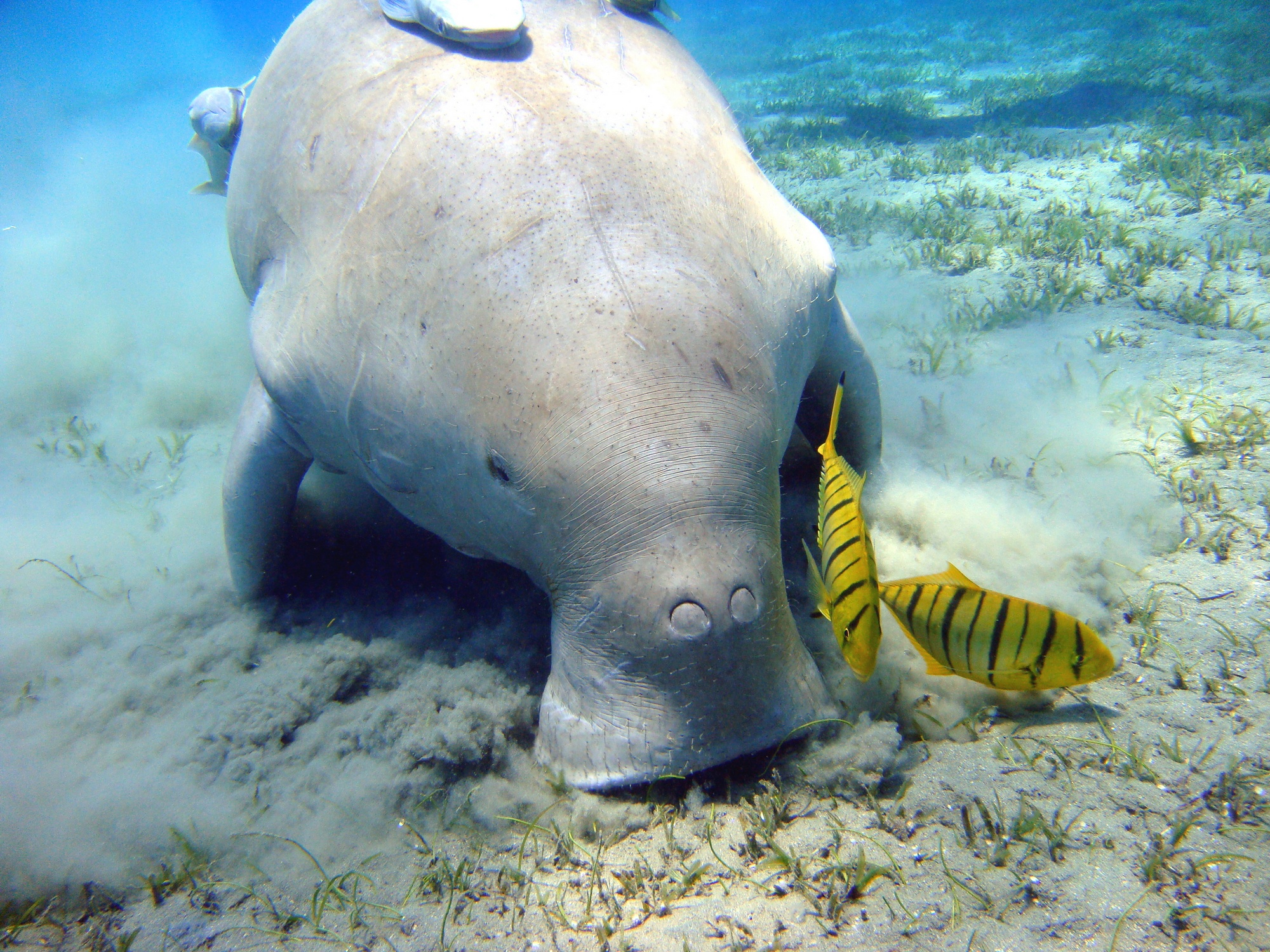
Photo source: thecutest.org
Large, plump marine vegetarians with short, paddle-like front flippers, the gentle Dugongs can be found grazing peacefully on sea grass in the warm coastal waters of the Indian Ocean. Go scuba diving in the Andamans, Gulf of Mannar or the Gulf of Kutch to swim around these languid creatures, also called the ‘angel of the sea’.
10. Mishmi Takin

Photo source: horseandman.com
With horns like a wildebeest, a moose like nose, and a bear like tail, the large, muscular and hoofed Mishmi Takin has some neat adaptations to survive the bitter cold and rugged terrain of the Eastern Himalayas. Glimpse this primitive ungulate munching on bamboo shoots amidst the well wooded Mishmi hills and the verdant Dibang Wildlife Sanctuary.
11. Indian Wild Ass

Photo source: sanctuariesindia.com
Blanketed by silent, unending salt flats, the Little Rann of Kutch is the only place on earth where the agile Indian Wild Ass, known locally as the Ghudkhar, still lives. One of the hardiest animals in the world, it can withstand scorching midday temperatures and survive prolonged droughts. Visit the Wild Ass Sanctuary to see this sturdy fawn coloured animal in the desert it calls home.
12. Clouded Leopard

Photo source: giklinkbeil
This elusive, solitary wild cat, named for its beautiful spotted coat, is notoriously shy and is seldom seen in the wild. More at home on trees than on the ground, the Clouded Leopard has the longest canine teeth of any living feline and can be found in the forested foothills of the Khangchendzonga Biosphere Reserve and Namdapha National Park in Arunachal Pradesh.
13. Gangetic Dolphin

Photo source: Sanctuariesindia
The beautiful, smooth-skinned Gangetic Dolphin lives only in freshwater, swims on its sides and is essentially blind. It favours the deep pools and gurgling rapids near river confluences and often travels in small groups. Watching these intelligent creatures frolic in water at the Vikramshila Gangetic Dolphin Sanctuary in Bihar is a sight to remember for sure.
14. Hangul

Photo source: indianholiday
An inhabitant of moist riverine forests and high mountain valleys, the majestic Hangul has an impressive rack of antlers, a rich colour that varies according to season, and an extremely shy nature. Try and sight the last few remaining royal stags of Kashmir at their grazing grounds in Dachigam National Park.
15. Snow Leopard

Photo source: stormfront
The enigmatic king of the mountains, the Snow Leopard’s smoky grey fur speckled with black rosettes, piercing pale eyes and powerful strides are a magnificent sight to behold. The rocky outcrops and steep ravines of Hemis National Park in Ladakh are home to this almost mythical animal where, if you are lucky, you can spot it prowling for prey.
16. Red Panda

Photo source: wikipedia
With cute kitten-like facse, cinnamon red fur and fluffy ringed tails, Red Pandas look, understandably, adorable. Often called the ‘lesser Panda’ (in deference to the better-known Giant Panda), the Red Panda is astonishingly agile, has a sweet tooth and uses its bushy tail as a wraparound blanket in the chilly mountain air. Look for it in the Himalayan forests of Sikkim, Meghalaya and Arunachal.
Like this story? Or have something to share? Write to us: [email protected], or connect with us on Facebook and Twitter (@thebetterindia).

Similar Story

‘All For My Dad’s Memory’: This Hero Has Grown 12 Food Forests In The Heart of Mumbai
A tree lover since the age of 9, George Remedios quit his advertising job and founded ‘The Turning Tide’ to increase the forest cover in Mumbai. So far, he has planted 12 food forests with edible fruits and encourages people to grow their own food, even in limited spaces.
Read more >
If you found our stories insightful, informative, or even just enjoyable, we invite you to consider making a voluntary payment to support the work we do at The Better India. Your contribution helps us continue producing quality content that educates, inspires, and drives positive change.
Choose one of the payment options below for your contribution-
By paying for the stories you value, you directly contribute to sustaining our efforts focused on making a difference in the world. Together, let's ensure that impactful stories continue to be told and shared, enriching lives and communities alike.
Thank you for your support. Here are some frequently asked questions you might find helpful to know why you are contributing?


This story made me
-
97
-
121
-
89
-
167












